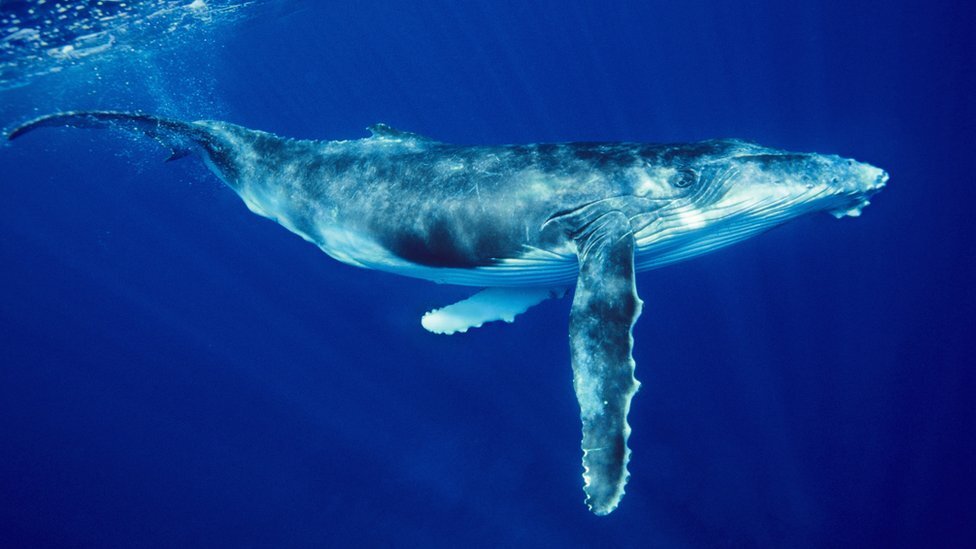Last time I talked about Colonel Richardson’s work with ‘messenger dogs’ in World War I.
A fascinating feature of Richardson’s work was his discovery that all dogs were not equally adept at homing. Drawing again on Michael Nahm’s review article, I now want to share with you the work of two later researchers. As we’ll see, their discoveries amplify the very same point - but still leave us with a big mystery.
The first, Bastian Schmid, worked in the 1930s. He was apparently the first scientist to address directly the question of how dogs find their way home.
Schmid’s experiments involved only three dogs that were displaced to an unfamiliar location at a straight-line distance of some 4-5 km from their home. Two of them succeeded in finding their way back (one was tested in the middle of the city of Munich, the other in a rural area). The dog released in the city homed over a distance of 4.5 km despite the presence of ‘street canyons’ that completely blocked the view. The third however failed completely on three occasions, even when he could have seen a familiar location.
Most intriguing was Schmid’s observation that the successful dogs “didn’t seem to use their noses”. They didn’t sniff for cues either close to the ground or in the air. “After an initial phase of orientation”, they simply trotted in a homeward direction “with raised heads”.
In the 1950s/60s, a researcher called Bernhard Müller carried out a much more elaborate series of experiments in Switzerland and Nepal involving no fewer than 75 dogs, both male and female. For some reason, Müller’s work seems not to have received the attention it deserves.
This is how Nahm summarises Müller’s approach:
“The ideal test series for a single dog consisted of four runs from the same release site at a distance of 2.5 to 3.0 km from the home territory, four runs from a different release site at 5 to 7 km distance and shifted clockwise through an approximate angle of 120°, and four runs from a distance of 10 to 89 km, shifted another 120°. Hence, a complete test series consisted of 12 runs that started at three different locations”
The dogs were carried to the release sites in closed baskets, usually via a series of complicated detours, and in all weathers (including snow and fog), both by day and night.
Just pause for a moment to consider: some of these tests involved homing from distances of 89 km. Could any dogs pass such a stringent test?
Well, the answer is yes!
Of the 75, no fewer than 19 completed the whole series of tests successfully.
Seven others did well at first but failed to complete the whole series successfully. 49 failed the first test and were then dropped.
Prior to the tests, Müller “determined the dogs’ social status by a number of selected behaviour characterics” and assigned them to three groups: dominant alpha-males, submissive omegas, and an intermediate group. He assumed that with increasing rank the ‘value’ of the home territory for the dogs would be raised. This in turn would, he predicted, result in a stronger homing impulse and greater success.
This proved to be the case. All 22 alpha dogs belonged to the group of 26 that either completed all the trials successfully or that started out well. The remaining four were high in the intermediate group.
None of the omega dogs returned home successfully. They just sought out humans or other dogs and then stayed with them. They showed no homing impulse at all.
The alpha dogs behaved very differently.
They would first spend a period of time near the opened basket (Müller called this the “adaptation phase”), and then left the release site, heading for home:
“On their way, they would avoid any contact with people. A very characteristic bearing of a dog on its way home … was to hold its head high and in a peculiarly stiff manner when trotting, its eyes appearing somewhat ‘veiled’. Often…they would stumble when the soil was uneven, or even collide with low wire fences”.
Müller noted that in general, “orientation by vision seemed to play a negligible role in their journeys”. And when they reached the same decision points on repeated tests (such as a ridge or pass), they would take different and typically shorter routes thereafter. It looked as if the dogs had “learned how to choose the correct direction in a general sense, and were able to adjust their routes accordingly”.
Müller was baffled by these findings, as well he might have been. He recognised that even if the dogs had access to some kind of compass, that would not explain how they determined their geographical position at the point of release - or how they could then select the right homeward compass bearing.
So we’re back to the same question: do (certain) dogs have access to some kind of cognitive map on which they can fix their position when displaced to an unfamiliar site - and on which they can also plot a course home?
This is a crucial question that arises in relation to many animals notably homing pigeons and migratory birds - like the cuckoos I discussed in an earlier post.
More of this soon!







